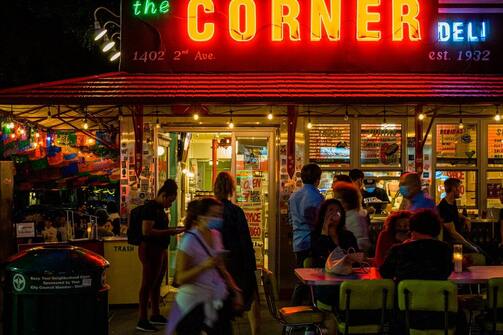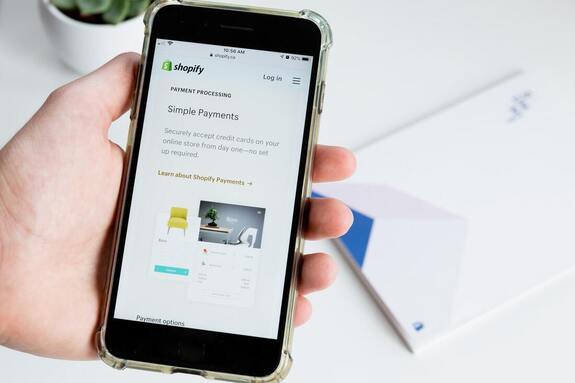|
In March, when businesses in the U.S. were starting to shut down or go remote, a great storm of change enveloped our country. The pandemic has forced many businesses to conform and adapt to survive. Restaurants have since evolved to better tread these rough waters until life can go back to some air of normalcy.
Restaurant Industry It’s been a roller coaster ride for many in the restaurant industry: forced shutdowns, easing of capacity restrictions and re-tightening of same. However, there are many restaurants that are booming, especially a number of fast-food restaurants who were already set for pick-up service and had a strong loyalty program with their customers. Domino’s sales increased 16% in the last quarter, while Wingstop and Popeye’s grew over 25% during the same period. The common denominators in these successes is pick-up service and marketing. Many casual dining restaurants have added curbside pick-up and delivery services. The latter often via companies like Grubhub and Uber Eats. Even having restaurants going digital with their menus. Those who are succeeding in this industry have enhanced their websites, added delivery and increased frequency of promotions. Those are the most obvious ways. In addition, some are focusing on promoting themselves through social media, email, and even calling their customers (who have called in previously to place orders). Some foods do not travel well so some have limited their pick-menu. Adding product is often the way to increase sales, so many have actually increased their offerings, giving the variety seekers reasons to call again.
2 Comments
Now that many months have passed, some trends in the Grocery industry have become apparent. Big box grocers such as Target and Walmart have had consistent and significant growth during the pandemic because they already had efficient ecommerce platforms, and they continued to enhance services with Walmart increasing curbside pickup locations and same day delivery and Target adding fresh and frozen groceries to their pick-up offering. According to consulting firm Brick Meets Click (BMC), June 2020 online shopping had risen to 45.6 million households compared to 13.1 million in 2019.
Grocers without an active ecommerce platform had to accommodate shoppers with more frequent sanitizing, social distancing markers, face mask, shields at the check-out counter and other requirements suggested or required by governing health administrations. Even after these precautions, many have had to develop or improve their online presence and add curbside pick-up and delivery. The good news for this industry has been the increase in demand for their products – generated in large part by consumers working from home and avoiding dining out. As a side note, many of the top brands in meal preparation and delivery like Hello Fresh and Nutrisystem have experienced skyrocketing sales as a result of people spending more time at home and less at restaurants. Taking advantage of this trend, several small businesses that offer meal prep and delivery are also seeing increased demand. |
AuthorRich Hollander is a retail expert with over 40 years in the industry. Archives
September 2021
Categories |
© Copyright 2016 Axcelora, LLC.
All rights reserved.
All rights reserved.



 RSS Feed
RSS Feed